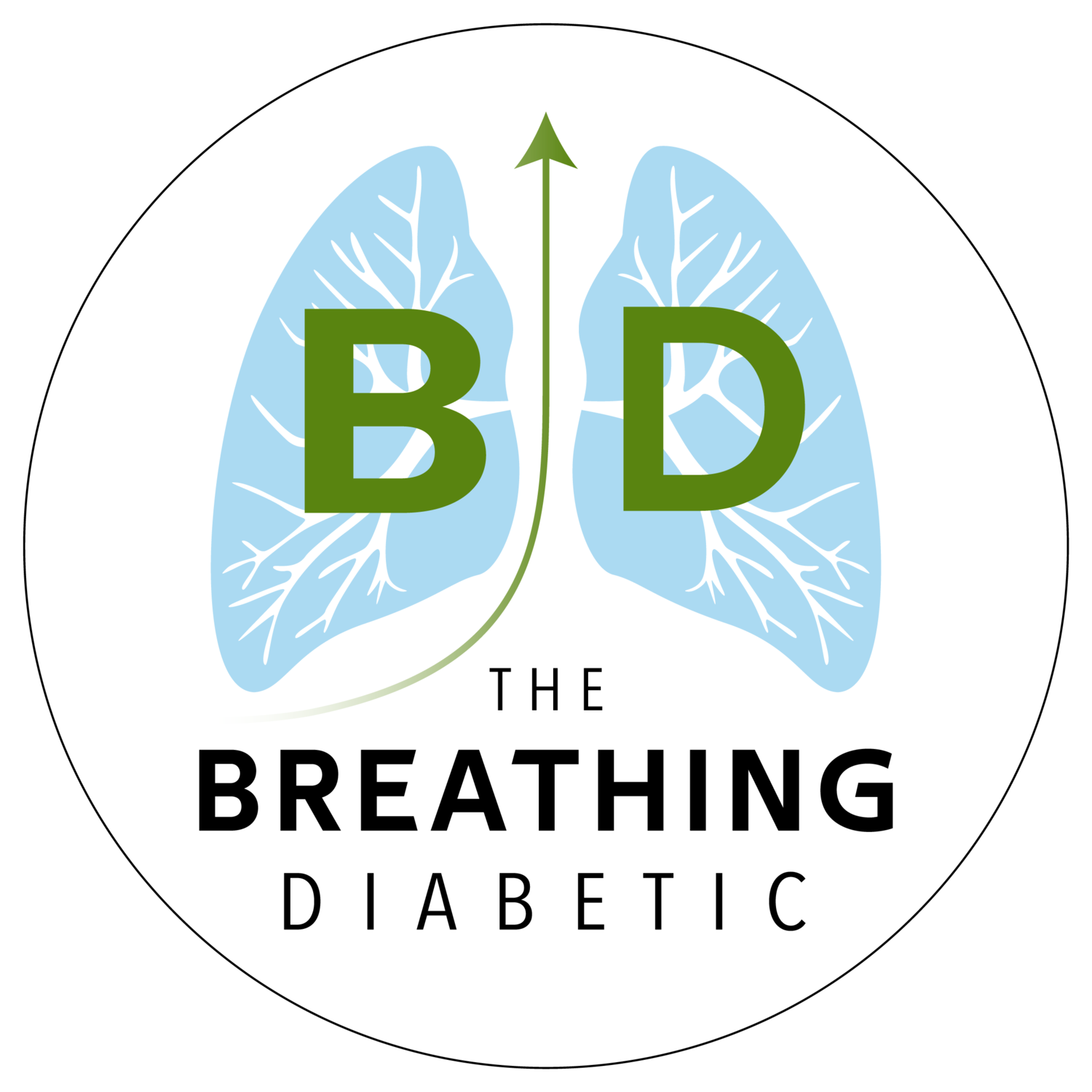Hi everyone,
It used to be “common knowledge” that breathing was a two-gas system: we inhale oxygen and exhale carbon dioxide. However, two studies published in 2015 (here & here) made an argument for a three-gas system that includes nitric oxide (NO).
Why is NO so important? NO is important because it serves as a potent vasodilator that helps oxygenate the entire body. Because of this, it plays a critical role in protecting us against cardiovascular disease.
Which brings us to this week’s science summaries. I have two new reviews related to obstructive sleep apnea (OSA) and nitric oxide:
Nasal breathing during sleep potentially increases circulating nitric oxide
Obstructive sleep apnea significantly reduces circulating nitric oxide
Both of these studies found that NO is significantly reduced in patients with OSA. They hypothesized that this reduced NO might cause cardiovascular disease and hypertension in OSA patients.
The amazing thing was that they were able to quickly reverse NO back to normal through use of continuous positive airway pressure (CPAP). For example, in one study (see below), nasal CPAP brought NO levels back to normal after only 1 night.
The authors speculated that CPAP increased NO through endothelial mechanisms. However, these papers were written in 2000, before the three-gas breathing system was recognized by the scientific community.
Maybe CPAP increased NO by encouraging nasal breathing?
Given the importance of the nose during sleep, that the nasal cavity is a warehouse for NO, and that inhaled NO has positive impacts throughout the body, these studies suggest that it might be nasal breathing during sleep that is restoring NO levels in OSA. What’s more, nasal breathing during sleep also potentially reduces OSA, providing further benefit.
Because diabetics suffer from higher incidences of OSA and cardiovascular disease, these results are extremely important for us. They also provide a practical way forward to improve our health and guard against the negative side effects of diabetes: sleep with our mouths closed.
In good breath,
Nick
Circulating nitric oxide is suppressed in obstructive sleep apnea and is reversed by nasal continuous positive airway pressure - Ip et al. (2000)
Key Points
Nitric oxide (NO) is reduced in patients with obstructive sleep apnea (OSA)
One night of nasal continuous positive airway pressure restores NO concentrations to normal values
Breathing nasally at night might improve NO status, especially in those suffering from OSA
The Breathing Diabetic Summary
Nitric oxide (NO) seems to show up everywhere. I guess that shouldn’t surprise us since NO is a potent vasodilator that plays a key role in oxygenating the entire body. Previously, we learned that obstructive sleep apnea (OSA) causes hypertension, which then has many negative side effects. The authors of this paper hypothesized that NO is playing an important role in causing hypertension associated with OSA. So, they set out to examine how NO is affected by OSA and how nasal continuous positive airway pressure (nCPAP) might help improve NO status in people who suffer from OSA.
They recruited 30 participants with OSA and 40 healthy control subjects. After a night of sleep, they took serum samples of nitrites/nitrates, which are representative of overall NO blood concentration. They found that the NO concentrations of OSA patients were significantly lower than those of the control subjects. A statistical analysis revealed that NO concentrations were negatively correlated with indices of sleep apnea and systolic blood pressure, meaning that as sleep apnea increased, NO decreased, and as blood pressure increased, NO decreased.
They then had 19 of the OSA subjects sleep with an nCPAP machine. The nCPAP device provides positive airflow through the nasal passages throughout the night to prevent airway collapse, thus reducing sleep apnea events. They found that NO concentrations increased significantly after 1 night of nCPAP treatment. In fact, the NO concentrations of the OSA patients were similar to those of the control subjects after just one night of nCPAP therapy.
The authors did not provide a direct mechanism for how nCPAP increased NO so much. But we can speculate. (This is now my opinion, not that of the authors.) We know from previous studies that inhaled NO can have positive impacts throughout the whole body. Moreover, a 2015 PNAS study showed that NO travels throughout the body on the hemoglobin, where it facilitates the oxygenation of the entire body. Finally, we also know that the nasal cavity is warehouse for NO. All together, these results suggest that the nCPAP machine might be restoring NO concentrations to normal simply by encouraging the patients to breathe nasally during sleep.
For us, this study provides more evidence that we should be practicing Principle 2 and taping our mouths at night. Not only will we be breathing naturally during sleep, reducing our risk of sleep apnea, and reducing our risk of hypertension, but we now know that we will likely be increasing our circulating concentrations of nitric oxide and improving oxygenation throughout our entire body.
